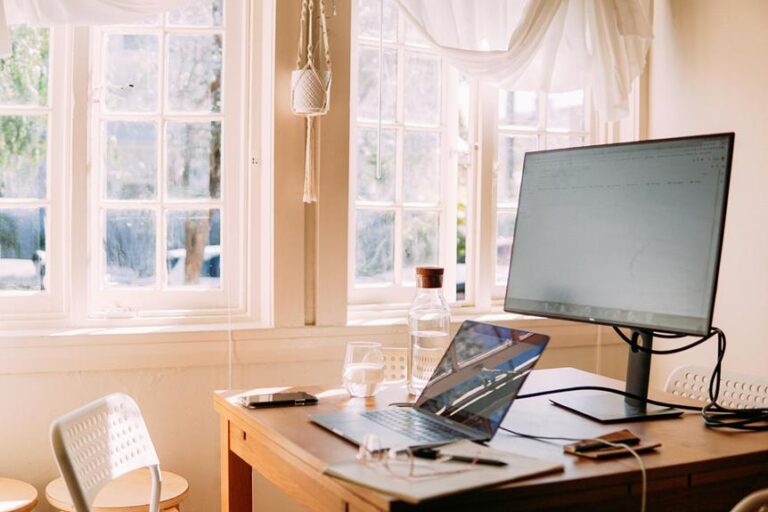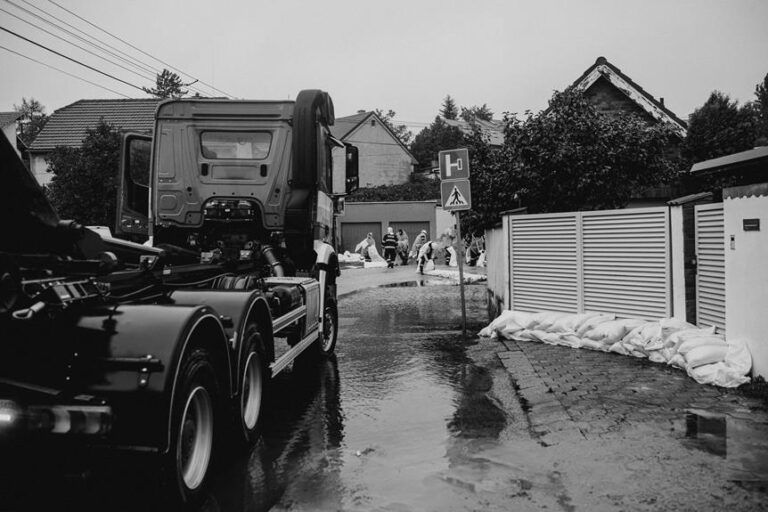Melbourne Home Buyers Face Staggering Income Demands
Melbourne home buyers are facing increasingly unaffordable housing realities, with rising property prices drastically outpacing wage growth and resulting in staggering income demands for aspiring homeowners. Single-income earners now need over $239,000 for inner-city homes with a 20% deposit, while dual-income households are often required to secure large home loans. As a result, 70% of home buyers struggle to secure mortgages due to stagnant wages, leading to a shift towards smaller, more affordable homes and alternative homeownership paths. This crisis is just the beginning, with deeper economic implications and potential long-term market trends worth exploring further.
Unaffordable Housing Reality
The grim reality of unaffordable housing in Melbourne has become a persistent challenge for aspiring homeowners, with the city's property market continuing to outpace wage growth and push buyers to their financial limits.
This affordability crisis has led to a surge in the rental market, as more individuals and families are forced to rent due to unaffordable housing options. The rental market has seen significant growth, with many Melburnians struggling to find affordable housing.
According to experts, the city's property market has become increasingly unsustainable, with housing prices rising at a rate that far exceeds wage growth.
As a result, many individuals are being forced to reassess their homeownership aspirations, opting instead for long-term rentals or exploring alternative housing options.
Challenges Faced by Buyers
Melbourne's unaffordable housing reality has led to a cascade of financial pressures on homebuyers, as the city's property market continues to outpace wage growth and push buyers to their financial limits.
Single-income buyers face significant challenges, with rising interest rates further exacerbating these difficulties.
Some of the key challenges faced by buyers include:
- Single-income earners requiring over $239,000 for inner areas with a 20% deposit
- Difficulty in securing large home loans without dual incomes
- Many single buyers priced out of standalone homes
- Increased reliance on third income sources, including family contributions
- Higher income thresholds for single unit buyers, exceeding six figures
Alternative Homeownership Paths
Maneuvering Melbourne's housing market has led many aspiring homeowners to reconsider traditional paths to ownership, exploring alternative strategies to achieve their goals.
Amidst rising property prices and high interest rates, innovative approaches such as co-housing models have gained traction. These models involve shared living spaces, communal amenities, and cooperative ownership arrangements, providing a more affordable entry point for first-home buyers.
Shared ownership is another alternative, where buyers purchase a percentage of a property, often with government or non-profit organizations holding the remaining stake.
These alternative paths offer a more accessible route to homeownership, allowing individuals to build equity and eventually shift to full ownership.
Shifting Market Trends
Buyers' shifting priorities in Melbourne's housing market are reflecting a growing desire for more affordable and adaptable living arrangements. This trend has led to increased unit affordability, with many first-time buyers opting for units or townhouses instead of houses.
Market migration is also prevalent, with buyers moving further from the CBD to reduce costs.
- Unit affordability is becoming a key consideration for buyers, particularly those with lower incomes.
- Many buyers are compromising on property types and locations to achieve homeownership.
- Dual-income households dominate house purchases in bayside areas, highlighting the need for two incomes to secure larger homes.
- First-time buyers are often starting with units or apartments to enhance their borrowing capacity.
- Market trends indicate a shift towards smaller, more affordable homes as buyers adapt to financial constraints.
Economic Outlook and Impact
A staggering 70% of Melbourne's home buyers are struggling to secure mortgages, primarily due to stagnant wages growth and skyrocketing property prices.
This trend has significant implications for the economic outlook, exacerbating income inequality and hindering mortgage affordability. As wages growth fails to keep pace with property price increases, many aspiring homeowners are priced out of the market.
Experts predict a shift towards smaller, more affordable homes, as buyers struggle to meet the six-figure income requirements. The resulting economic impact is far-reaching, with rising living costs and market dynamics affecting homeownership aspirations.
As the gap between wages and property prices continues to widen, the economic outlook for Melbourne's home buyers remains challenging.






